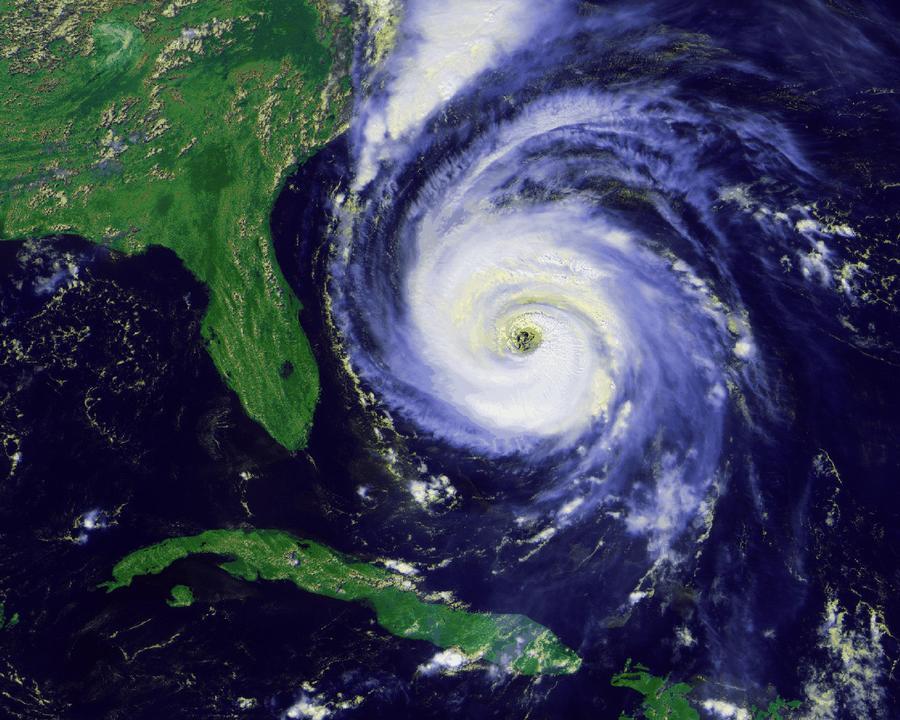
Researchers from the MU Disaster and Community Crisis Center have developed a framework to help victims of domestic violence in disaster settings.
“Disasters are so huge; they’re so overwhelming,” said Nathan First, clinical case manager at the Family Access Center of Excellence of Boone County and clinical instructor in the Department of Educational, School & Counseling Psychology. “Domestic violence isn’t often the first thing that someone thinks of, but it’s something that particularly first responders and providers need to be aware of, that the risk of DV [domestic violence] is higher.”
DCC is an interdisciplinary center that focuses on helping communities and individuals prepare for and recover from disasters and crises.
Nathan, along with coauthor J. Brian Houston, associate professor of communication and director of DCC, and lead author Jennifer First, doctoral candidate in the School of Social Work and research assistant for DCC, reviewed decades of research concerning the link between disasters and domestic violence. The research indicated that disasters result in both more frequent rates and higher severity of domestic violence.
“It’s something that is often hidden,” Jennifer said. “It’s another type of hidden disaster, when it should be something that we should draw more awareness to.”
One possible explanation for the correlation between disasters and domestic violence is that conditions caused by disasters, such as housing difficulties, financial difficulties or unemployment, are stressors that have been associated with increased rates of domestic violence. These stressors can affect the perpetrators, causing more violent behavior, or they can force potential victims into risky situations and dependence on perpetrators. Furthermore, survivors of disasters can be especially vulnerable to the psychological impact of domestic violence.
“There are increased stressors on the victims of domestic violence that can actually compound the psychological or psychosocial effects of the domestic violence,” Nathan said. “So for instance, somebody who has experienced a disaster and also DV [domestic violence] is more likely to experience PTSD.”
The researchers used their analysis of past research to create a framework, which provides domestic violence professionals with information on how to respond in disaster settings.
“Disaster professionals and then domestic violence professionals, they’re often not working together because they’re focused on their areas, obviously,” Jennifer said. “So the goal was to try to bring them together by giving each of those areas insight into the other.”
The framework provides strategies and objectives for responding to domestic violence in four phases of a disaster: mitigation, preparedness, response and recovery.
The mitigation phase involves identifying risks and hazards in order reduce the potential impact of a disaster. The framework suggests that domestic violence professionals develop connections with organizations and systems that respond to disasters and advocate to create a domestic violence focus within such systems.
Preparedness involves helping people prepare to respond to a disaster if one should occur. Actions to be taken include promoting domestic violence and disaster awareness as well as helping people create plans to remain physically and emotionally safe in a threatening situation.
Response occurs during and immediately following a disaster incident. According to the framework, domestic violence professionals should ensure basic needs are met and provide comfort and support.
The final phase, recovery, takes place as communities rebuild following a disaster. At this point, victims of domestic violence should be connected to long-term services that promote psychosocial recovery.
The framework was published in an article in Affilia: Journal of Women and Social Work in May 2017.
Nathan said his hope is that the framework will increase awareness of the connections between domestic violence and disasters, but he believes that there is still more to be done in this area.
“There are certainly some researchers that have looked into the connections before, but in terms of developing a concerted response to the challenge, I think there is certainly more work to be done,” Nathan said. “We were really just stepping a toe out into that.”
_Edited by Olivia Garrett | [email protected]_